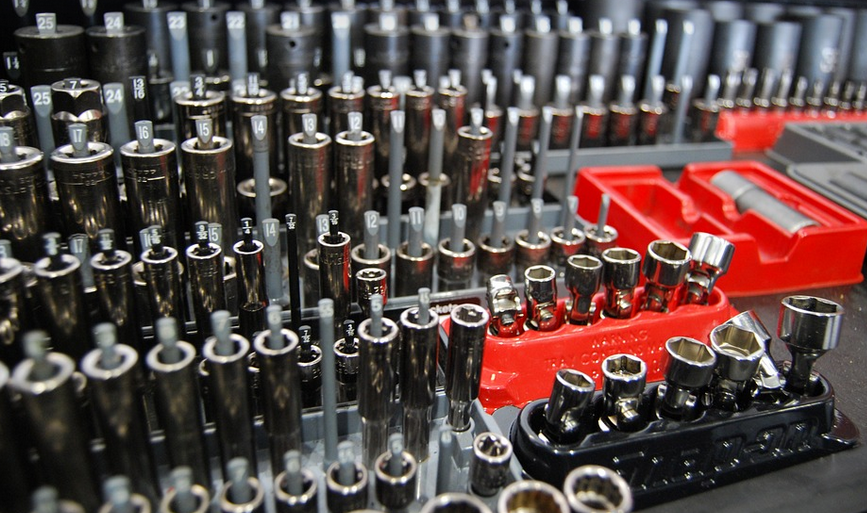
Types Of End Mill Cutter
What Are End Mills?
End mills are essential tools in machining, offering precision cutting and shaping capabilities. Imagine a tiny saw with a sharp tip designed to carve away material on various surfaces. These little workhorses play a vital role in industries like manufacturing, automotive, aerospace, and even jewelry crafting.
Why Choose End Mills?
End mills have several advantages over other cutting tools. Firstly, they’re versatile and can handle different materials – wood, plastic, metal – meaning you can use one tool for multiple projects. Secondly, their ability to cut in all directions gives them an edge on traditional saws or blades.
The design of end mills makes them incredibly efficient for complex shapes and intricate cuts. They’re also known for their accuracy and precision, which is crucial for achieving smooth surfaces and tight tolerances.
Types of End Mills: A Quick Breakdown
What Makes an End Mill Different?
End mills are not all created equal. Their unique features allow them to tackle different tasks with finesse. There are various types, each optimized for specific material and application. Let’s delve into some of the most common ones:
1. Single-Flutes End Mills
These are your basic workhorses! Single-flute end mills have a single cutting channel running along their entire length. They’re perfect for drilling holes in various materials like wood, plastics, and soft metals.
Their simplicity makes them user-friendly and affordable, but they may struggle with deeper or more challenging cuts.
2. Multi-Flutes End Mills
Multi-flute end mills boast multiple cutting channels. The more flutes a tool has, the faster it can chip away material. This efficiency makes them ideal for removing shavings and creating accurate slots and grooves.
They’re often used for heavy machining tasks in metals and harder materials like aluminum or steel.
3. Ballnose End Mills
Ballnose end mills are the masters of smooth surfaces. These tools have a round tip that helps create rounded edges, contours, and even finishes on various material types. They’re perfect for delicate work, molding tasks, or creating precise curves.
The spherical tip enables them to produce smoother finishes than standard end mills with sharp points.
4. Forming End Mills
Forging and forming processes require specialized tools – those are the purview of forming end mills. These cutters feature a unique design that allows them to create precise shapes in metal stock, including grooves, pockets, and channels.
Their ability to form complex shapes makes them valuable for crafting intricate components and parts for various mechanical applications.
5. O Flute End Mills
O-flute end mills are designed for high-volume production processes. For example, in manufacturing where rapid and efficient cutting is crucial.
Their design allows them to cut through harder materials at a faster rate. They’re ideal for tasks like drilling holes in metal sheets or other dense materials.
Factors to Consider When Choosing an End Mill
Selecting the right end mill depends on several factors:
* **Material:** Different end mills are designed for specific materials. Choosing one that matches your material will ensure smooth operation and avoid damage to the tool or workpiece. * **Application:** The type of cut you need influences the choice. For drilling, a single-flute end mill is sufficient; for shaping, multi-flutes would be ideal. * **Diameter and Flute Count:** End mills come in various diameters, affecting the amount of material they can remove per cut. The number of flutes also affects speed and power requirements.
The Power of Specialized End Mills: A Look at Advanced Options
Beyond the basics, advanced end mills offer even greater precision and control for specific tasks:
* **Diamond-tipped End Mills:** For extra durability in challenging applications like cutting through hard metals or abrasive materials. These diamond-coated cutters can withstand intense pressure and heat. The diamonds are embedded at the tip of the end mill, allowing them to cut through tougher materials without damaging the workpiece. * **High-Speed Steel (HSS) End Mills:** Designed for high-speed machining operations in various metal types. HSS alloys resist high temperatures and pressures better than other steels, enabling faster cutting speeds. * **Titanium or Cobalt-based End Mills:** These offer exceptional wear resistance, allowing them to be used with harder metals like titanium and cobalt. These materials are ideal for precision work where durability is a priority.
Safety First: Handling End Mills
Always prioritize safety when working with end mills. Follow these guidelines:
* **Proper Workholding:** Secure your workpiece to prevent movement during machining, ensuring accurate cuts and preventing damage to the tool or workpiece. * **Appropriate Speed Settings:** Use lower speeds for heavier materials and higher speeds for lighter materials. Avoid over-speeding as it can lead to premature wear and potential safety hazards. * **Protective Gear:** Always wear appropriate safety gear like goggles, ear protection, and gloves to prevent injuries from flying chips or debris.
Conclusion: Mastering the Art of End Mill Cutting
Choosing the right end mill is about understanding your specific needs for a project. By considering the material being cut, the desired finish, and the type of application, you can pick the perfect tool to achieve precision and accuracy in every machining task.